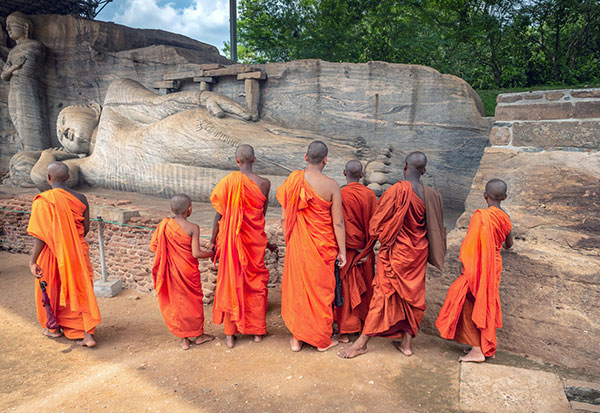Theravada Buddhism is the world’s oldest living Buddhist tradition. The Buddha Sidhartha Gautama, often known as the historical Buddha, is the source of the teachings.
He was born almost 2,500 years ago in India and discovered not only the source of all sorrow, but also the ability to entirely erase all types of suffering, huge and little.
Because this teaching was open to anybody with a sincere desire to pursue it, a community of enlightened students known as the Noble Sangha gathered around him.
The Buddha’s teachings, known as the Dharma, have been recorded in the Pali Canon, also known as the Sutta Pitaka. This is the most accurate account of the Buddha’s teachings and those of his enlightened students. Fortunately, these documents have been translated into a very current, easy-to-understand English, allowing us to investigate them further.
The word Theravada (pronounced TAE ra VAA da, with the h silent) signifies “elderly instruction.” In Sri Lanka, Thailand, Burma, Cambodia, and Laos, it is the most common type of Buddhism.
People have been adding their own unique thoughts to the Buddha’s teachings for centuries after his death, up until the current day. This has led in a plethora of sects and beliefs, causing considerable uncertainty and doubt among people attempting to achieve the same level of bliss as the Buddha.
When we return to the Buddha’s original teachings, however, we discover that the guidelines he provided us are practical and provide both immediate and long-term satisfaction. The Buddha advised us to compare what we hear to his original statements and place our trust in the things that correspond.
All of the Mahamevnawa (maha may oo NAH wa) monasteries and meditation centers’ instructions are based on these original ancient teachings.
We study together how to apply these teachings to our lives so that we might find the same joy that the Buddha and his enlightened followers did.
Despite the fact that the Buddha’s teachings are centuries old, we are confident that you will find the Buddha’s knowledge of suffering and happiness to be accurate today.

